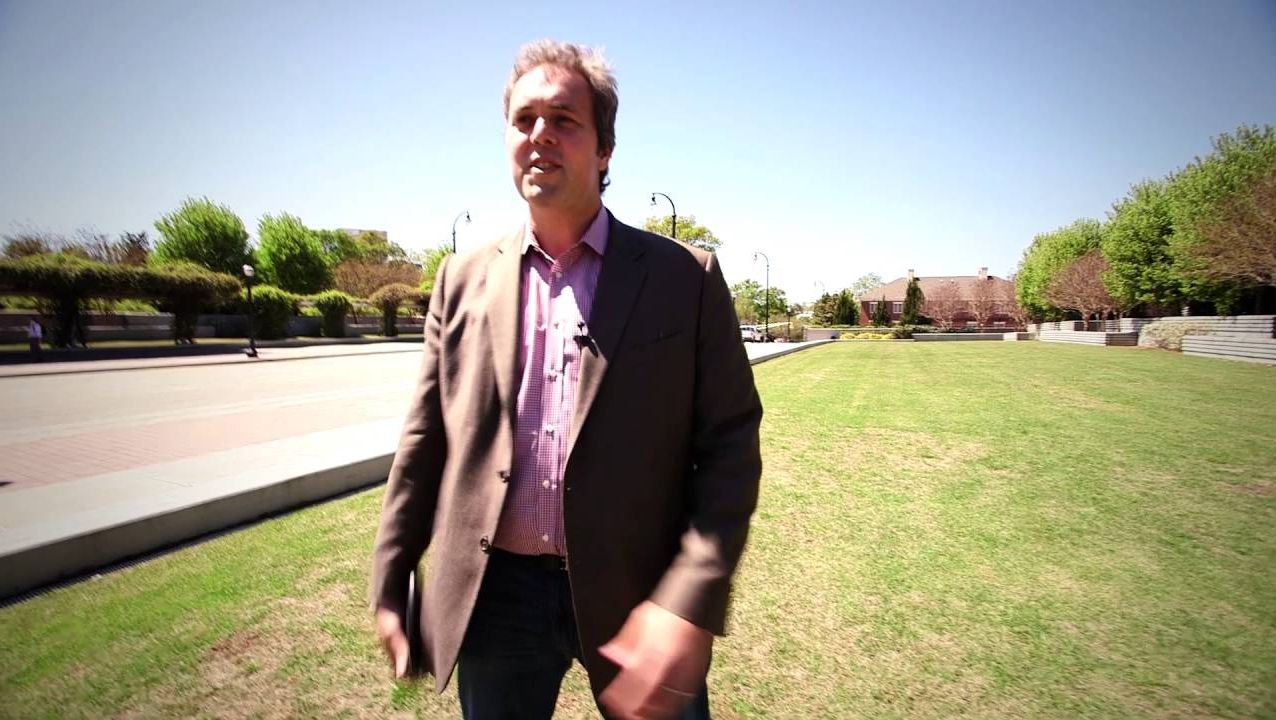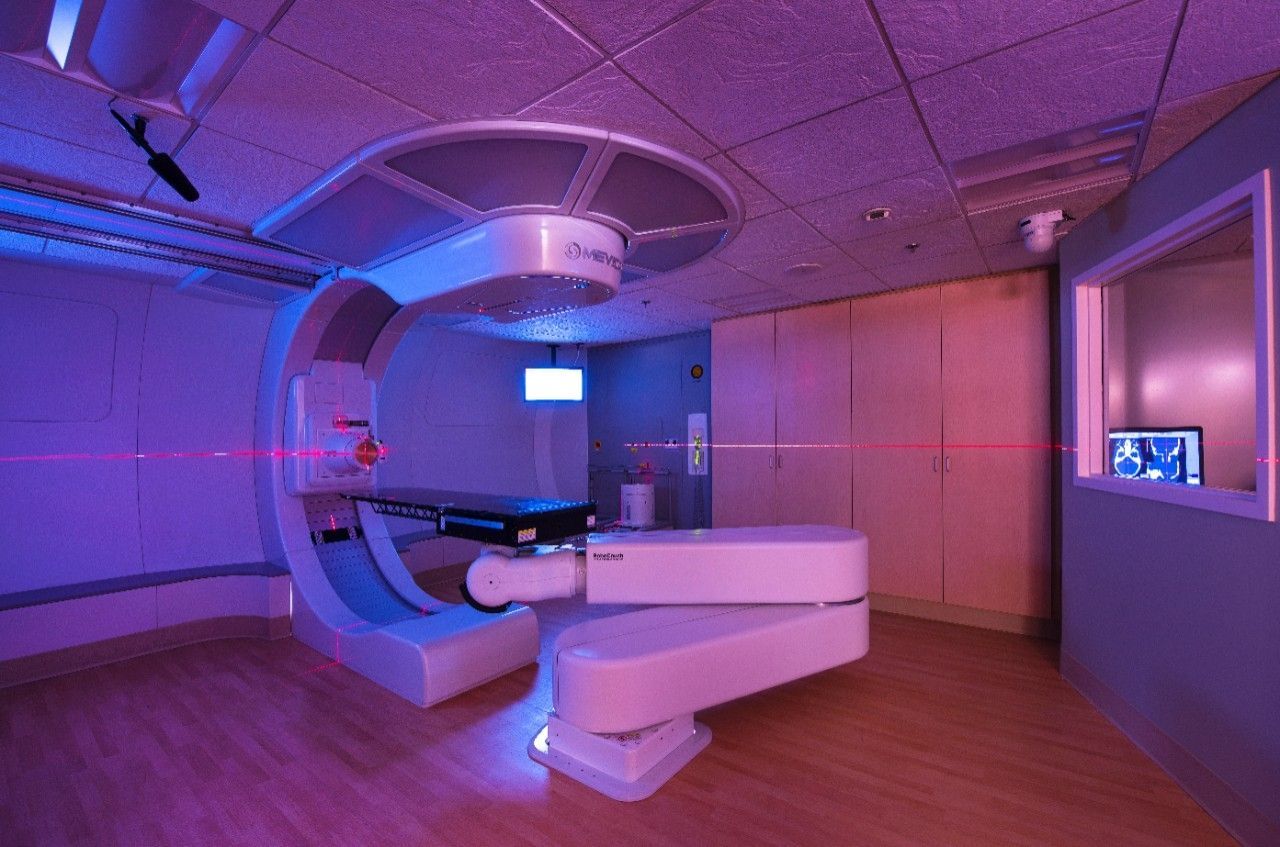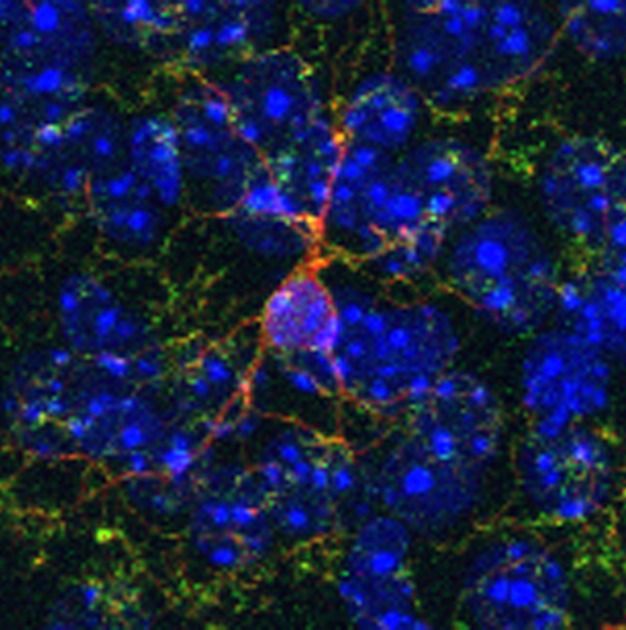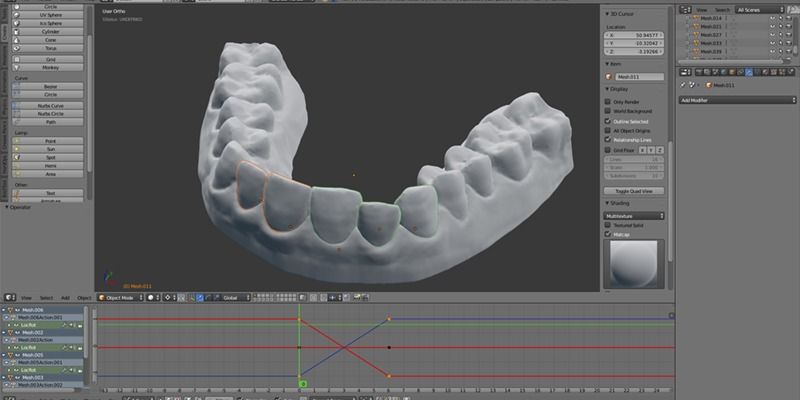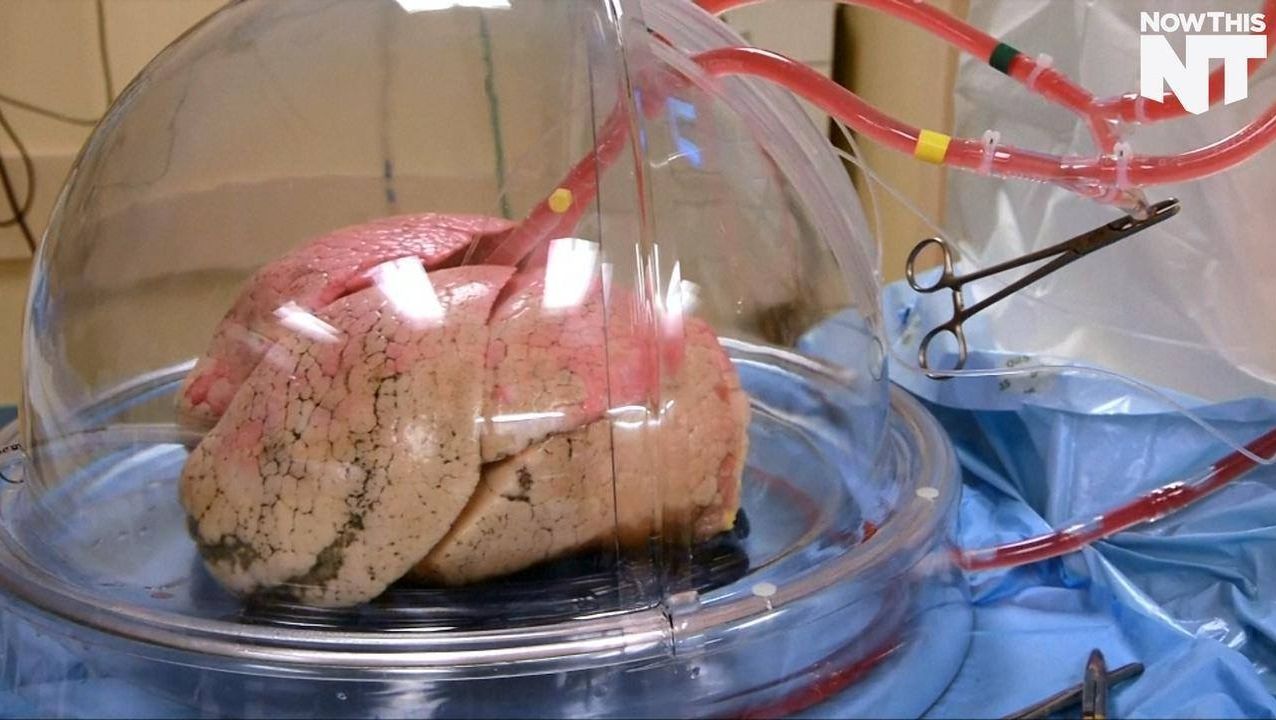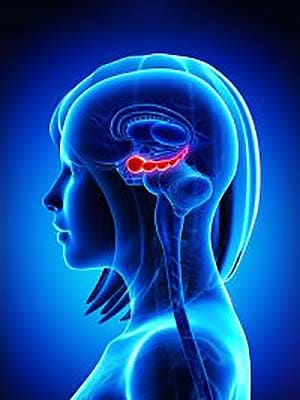May 25, 2016
Is aging inevitable? Not necessarily for sea urchins
Posted by Bruno Henrique de Souza in categories: biological, genetics, health, life extension
Sea urchins are remarkable organisms. They can quickly regrow damaged spines and feet. Some species also live to extraordinary old ages and—even more remarkably—do so with no signs of poor health, such as a decline in regenerative capacity or an increase in age-related mortality. These ocean Methuselahs even reproduce as if they were still youngsters.
MDI Biological Laboratory Associate Professor James A. Coffman, Ph.D., is studying the regenerative capacity of sea urchins in hopes that a deeper understanding of the process of regeneration, which governs the regeneration of aging tissues as well as lost or damaged body parts, will lead to a deeper understanding of the aging process in humans, with whom sea urchins share a close genetic relationship.
In a paper recently published in Aging Cell, a leading journal in the field of aging biology, with Andrea G. Bodnar, Ph.D., of the Bermuda Institute of Ocean Studies, the scientists shed new light on the aging process in sea urchins, raising the prospect that the physical decline that typically accompanies aging is not inevitable.
Continue reading “Is aging inevitable? Not necessarily for sea urchins” »

